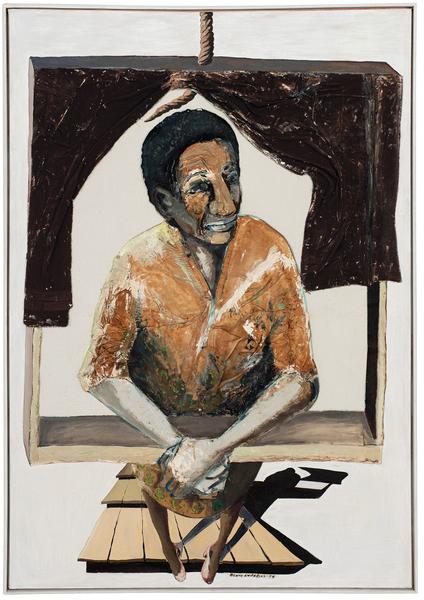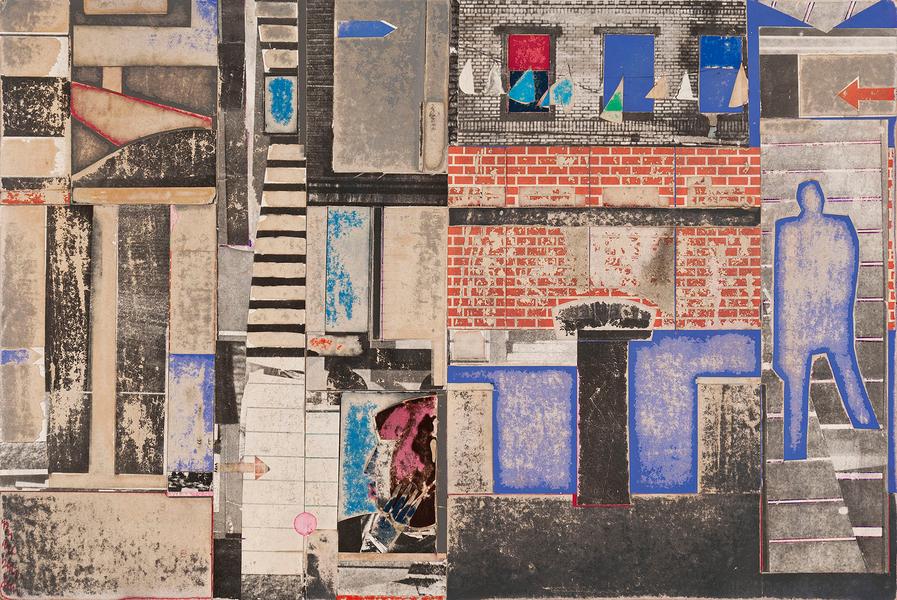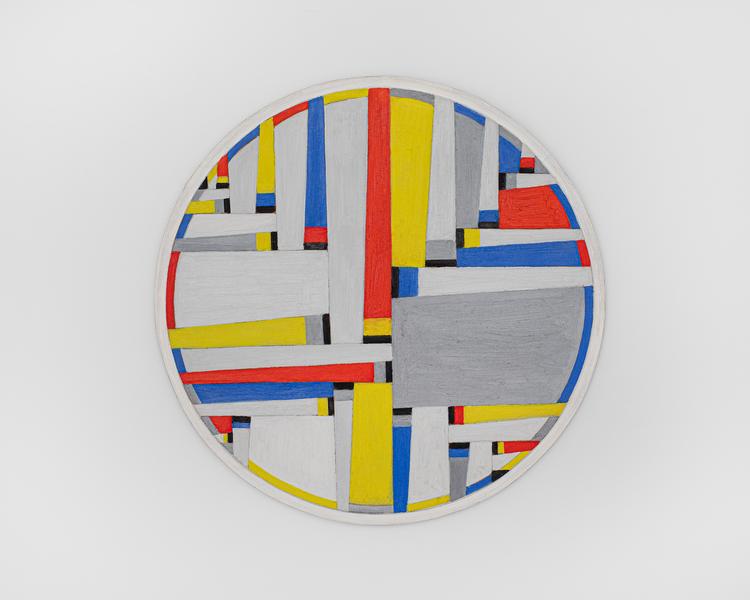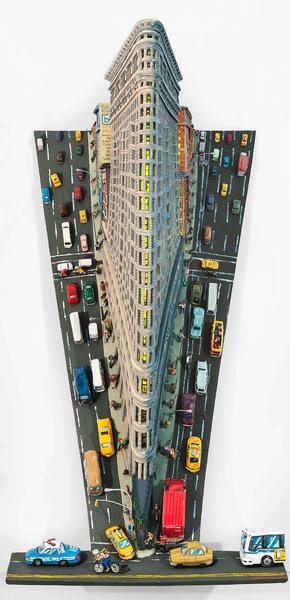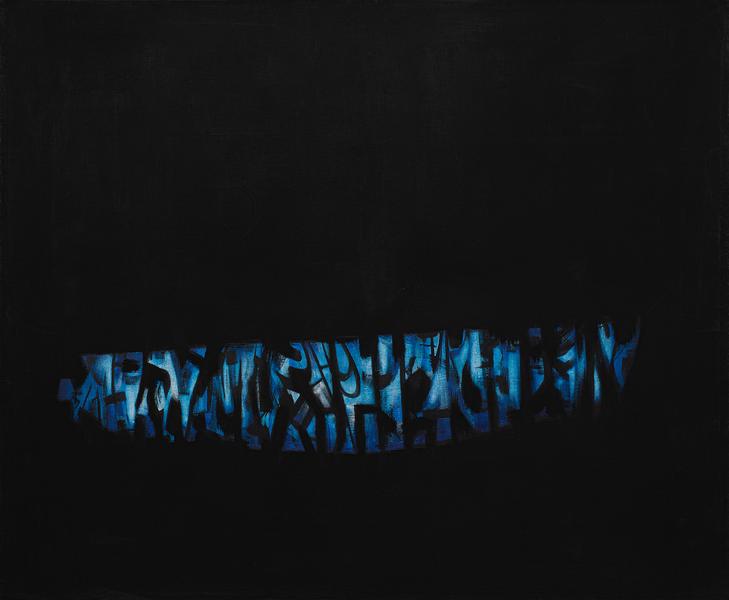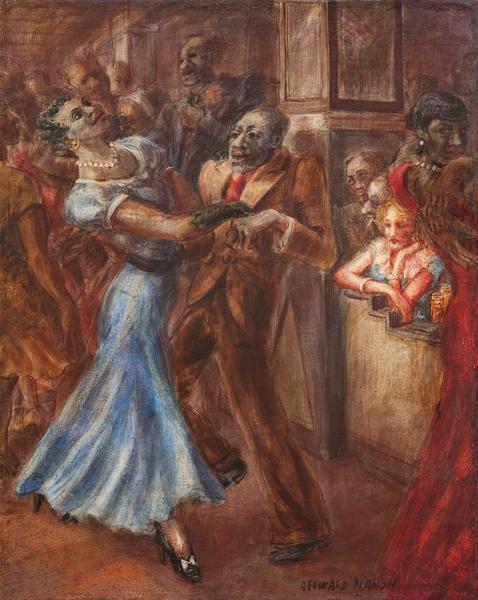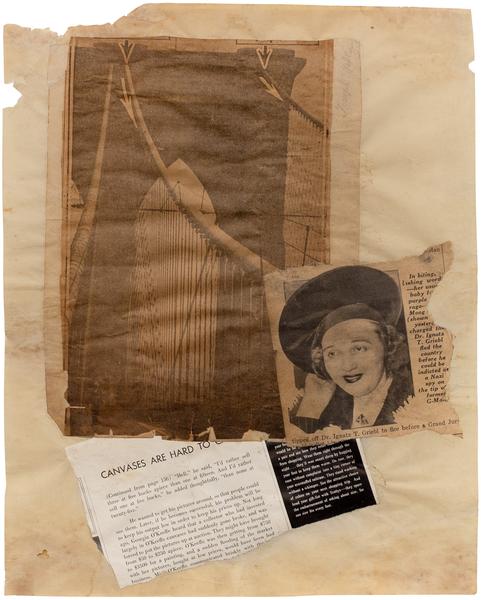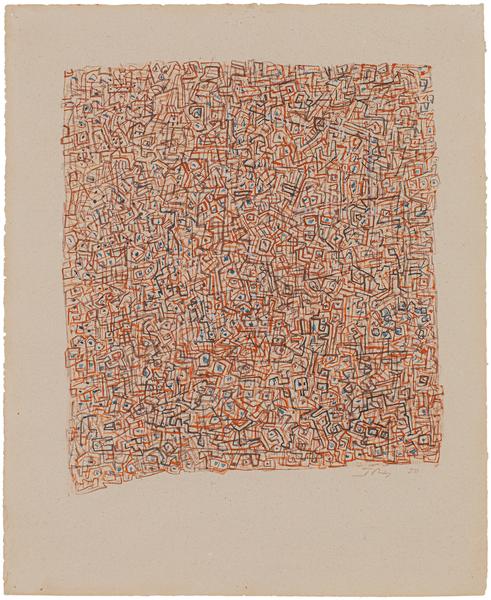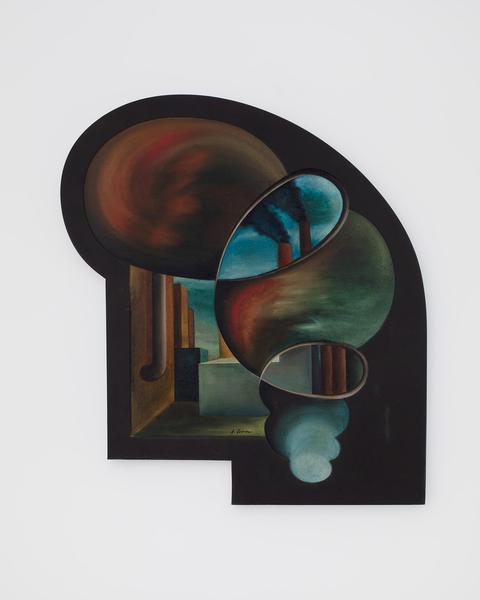I was asking for something specific and perfect for my city,
Whereupon lo! upsprang the aboriginal name[1]
Now I see what there is in a name, a word, liquid, sane, unruly,
musical, self-sufficient…
—Walt Whitman, from “Mannahatta”[2]
Following the success of our exhibition at Art Basel Miami Beach 2021, Michael Rosenfeld Gallery is pleased to present Manhatta: City of Ambition, a group show featuring a broad selection of artists central to the gallery program, open now at our gallery in Chelsea. Inspired by Paul Strand and Charles Sheeler’s avant-garde film Manhatta (1920–21) the artists featured here offer scintillating visions of urban life, exalting the struggles and triumphs of a densely-populated metropolis rebuilding itself in the wake of global catastrophe. In addition to the diverse selection of paintings, works on paper, and sculptures in the exhibition, we are screening Manhatta on a continuous loop in a dedicated alcove of the gallery. Manhatta: City of Ambition will be on view through March 26, 2022.
Brought together in commemoration of the film’s centennial, the works on view in Manhatta: City of Ambition celebrate urban centers as loci of inspiration. A freestanding metalwork sculpture by Harry Bertoia (1915–1978) dating to 1956 evokes the modernist architectures of skyscrapers while demonstrating the formal possibilities of sheet metal—a material favored by many sculptures in the postwar decades for its abundance and versatility. Transcendentalist Painting Group leader Raymond Jonson’s (1891–1992) tributes to the grand architectural achievements of early 20th century Chicago, City Lights (1933) and City Ultimate (1936), are on view alongside Howard Cook’s (1901–1980) iconic rendition of the Brooklyn Bridge, The Bridge No. 1 (c.1951), an ode to the feat of modern engineering that connects the New York’s two most densely populated boroughs. Three works by Norman Lewis (1909–1979) dating to each decade of his mature career provide succinct insight into the evolution of the artist’s style; a lifelong resident of Harlem, Lewis variously portrays the frenetic bustle and tranquil glow of midcentury New York through his signature calligraphic line and sublimely atmospheric abstraction. William T. Williams (b.1942) likewise pays homage to the historic neighborhood in his process-based abstract painting Time of Song (1993), an exemplary work from his 111 ½ Series, named for the Harlem address where his family regularly gathered for many years. Charles Alston’s (1907–1977) landmark 1948 painting Harlem at Night combines the multi-perspectival structures of Cubist abstraction with the improvisational rhythms of jazz, resulting in a vibrant, serene nocturne punctuated by a constellation of glowing windows and streetlamps.
The modernist marvel of the electrified cityscape was an enduring theme throughout the art of the 20th century, and this trope is represented by three works with live electrical components: Red Grooms’ (b. 1937) monumental, elaborately painted sculptures Flatiron Building and Rockefeller Center, both dating to 1995, as well as Irene Rice Pereira’s (1907–1971) Glass Construction (c.1942), an amalgam of colored glass panes illuminated by a lightbox. In Savoy Dancers (1931), Reginald Marsh’s (1898–1954) sinewy figures animatedly dance in Harlem’s famous dance hall—one of the few racially integrated social clubs in the city at the time—as the crowded scene around them recalls the drama and bacchanalia of the Baroque frescoes the artist cited as primary sources of inspiration. George Tooker’s (1920–2011) ecstatic vision of urban fantasy set in Washington Square Park, Fountain (1949–50), is a masterful multi-figure composition from the artist’s early career, including an intensely psychological set of symbols and a radiant palette executed in his signature egg tempera medium. Beauford Delaney (1901–1979) likewise portrays an idyllic scene of Lower Manhattan in an exemplary work from his Greene Street period in Untitled (Greene Street), 1950, where the block on which he lived and worked for 24 years is expressionistically rendered in the artist’s signature, fauvist-inflected palette.
Benny Andrews’ (1930–2006) large relief painting, 6 Floor Walkup (1974), palpably conveys the emotional and psychological ethos of residential life on the Lower East Side—then a working-class neighborhood—where, per city regulations, six stories was the tallest a building could be without installing an elevator. An early painting by Claire Falkenstein (1908–1997), Counterpoint (1941), exemplifies the artist’s early experiments in organic abstraction, in contrast to Charmion von Wiegand’s (1896–1983) Gouache #162 Prismatic Lattice: Tragic Square (1962), which arrays a set of variously colored squares according to a complex numbering system the artist developed using various ancient divination texts of the Far East. The neoplastic grid of the Prismatic Lattice works reflects the influence of von Wiegand’s friend and mentor, the De Stijl pioneer Piet Mondrian, whose enduring impact is likewise observable in Romare Bearden’s (1911–1988) highly geometric, primary hued rendition of a Pittsburgh street scene, Spring Way (c.1968).
In Edmund Lewandowski’s (1914–1998) Industry (1942), workers toil in a factory scene set in the artist’s native city of Milwaukee; Lewandowski sought to elevate the sleek, complex forms of modern industrial machinery as well as the workers who operated them, who he considered to be exemplars of American progress. Ralston Crawford (1906–1978) addresses similar themes related to economy and labor in his clean-lined composition Unloading the Cargo; dating to the same year as Industry, Crawford’s painting emphasizes simplified geometric forms to the point of near-abstraction, successfully describing a scene of dockside industry in midcentury New Orleans. A group of intimately-scaled collages by Joseph Stella (1877–1946) dating to the interwar years take up similar themes of human-machine labor and its humanistic implications; referred to as his “Macchina naturale” works, the collages comprise found scraps of printed matter arranged to evoke the modernist dichotomy between man and machine, industry and nature. While Stella’s Macchina naturale works are connected to his activities in New York’s Dadaist circles, the artist also belonged to a movement known as the Precisionist School of painters, whose members favored highly controlled, sleekly finished compositions depicting regional American subjects; other artists who were active in the Precisionist scene included Crawford, Lewandowski, and, most prominently, Manhatta co-auteur Charles Sheeler.


